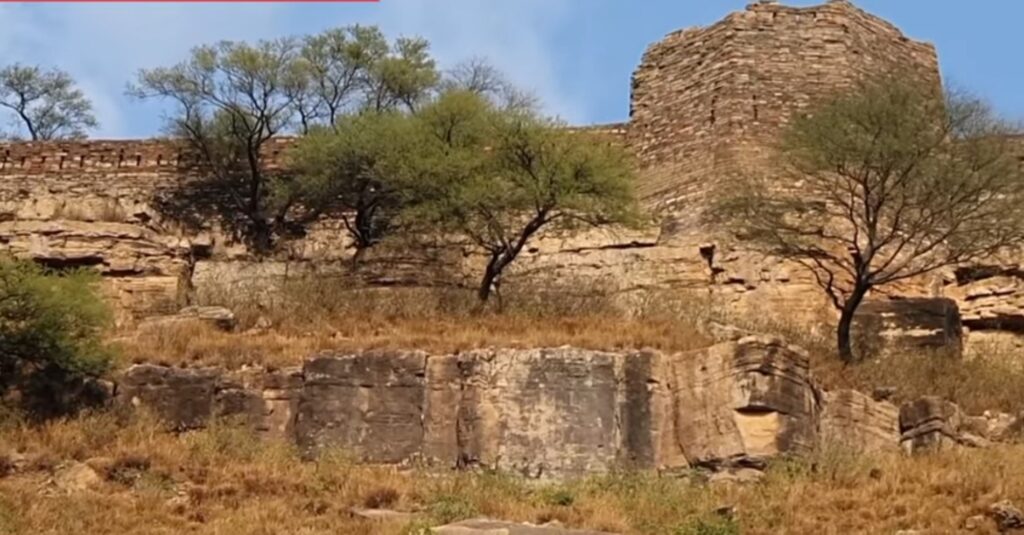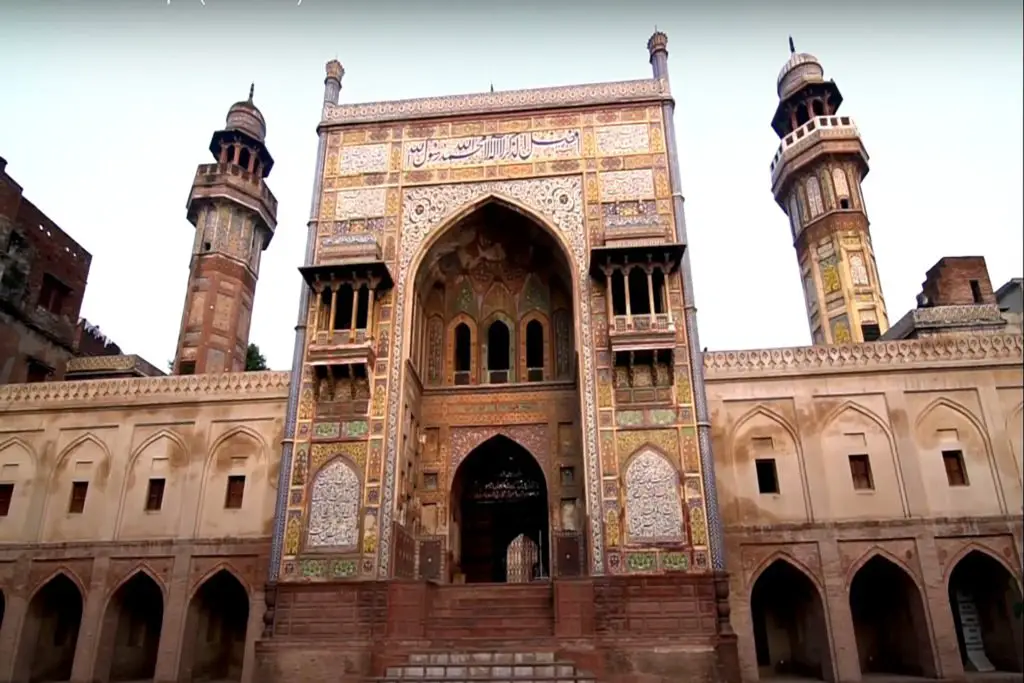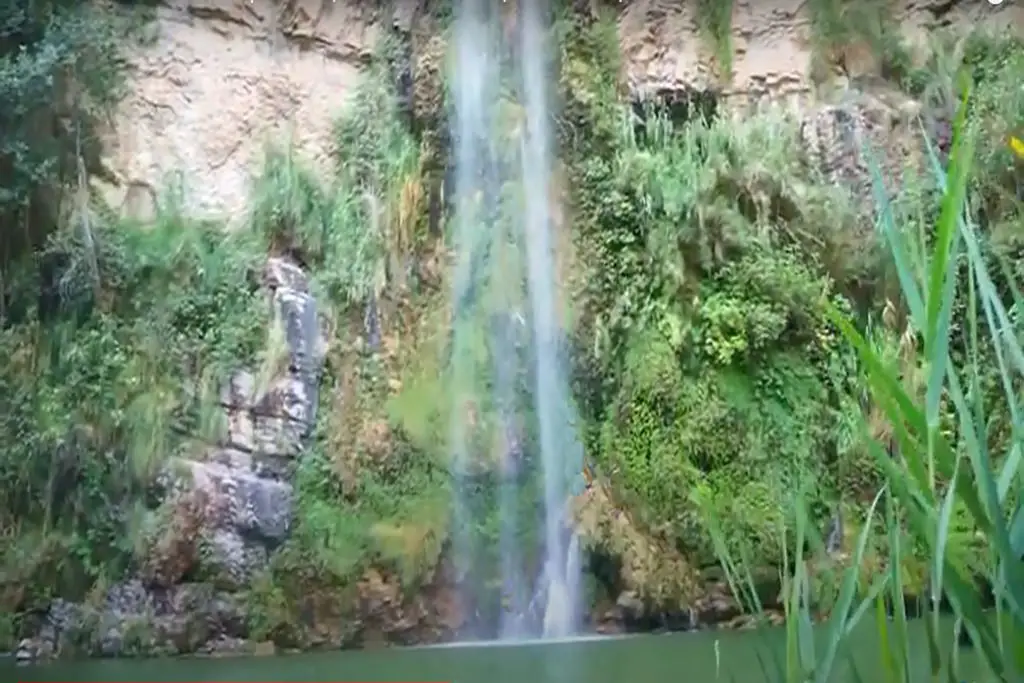Kusak Fort is a hidden gem that boasts a rich history and mesmerizing architecture. Built during the Mughal era, the fort served as a strategic outpost to protect the region from invasions and played a vital role in the defense of the area.
Located in the picturesque town of Choah Saidan Shah in the Chakwal district of Punjab, Pakistan, Kusak Fort is a hidden gem that is waiting to be explored by tourists and history enthusiasts alike. The fort is believed to have been built during the Mughal era and has since been witness to many significant events in the region’s history.
Kusak Fort Chakwal is at a distance of around 171 km from the Capital City of Islamabad. Kusak Fort is at a distance of around 12km from Choa Saidan Shah. The roads will lead to village Witli towards South East.
History of Kusak Fort, Chakwal
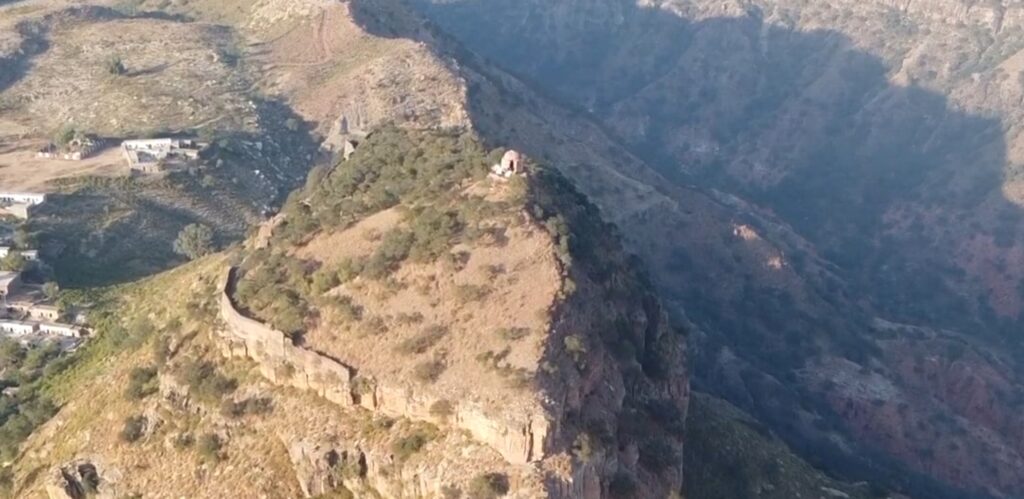
The fort is believed to have been constructed during the 11th century by Raja Jodh, who was one of the sons of Janjua Sultan Raja Mall Khan Janjua, the builder of the nearby Malot Fort in the 10th century. Built on a mound in the Kahoon Valley, nestled between Kallar Kahar and Choa Syedan Shah, Kusak Fort occupies a strategic position in the picturesque Salt Range.
The fort was designed with defensive considerations in mind, reflecting the turbulent history of the region. It was situated atop the Jodh Mountain and covered an area of approximately 13 acres. The construction materials primarily consisted of local red stone and soil, reflecting the architectural style of the time.
Kusak Fort boasted formidable features, including a palace for the ruling king and around 70 houses for the troops stationed there. Two large gates guarded the northern entrance to the fort. Additionally, two ponds were built to store water, reflecting the importance of water supply in times of siege or conflict. The fort also contained temples for the Hindu troops who served there and warehouses for storing grains.
Throughout its history, the Kusak region faced numerous invasions and conflicts due to its vulnerable location as a passageway for invading forces from neighboring regions. In 1290, Jalaluddin Firoz Shah Khilji, the first king of the Khilji Dynasty in India, attacked the Kusak State, causing significant devastation. However, the Janjua Rajputs eventually managed to regain control.
Another notable event in the fort’s history occurred in 1810 when Maharaja Ranjit Singh, the founder of the Sikh Empire in Punjab, besieged Kusak Fort. Under the rule of Sardar Sultan Fateh Mohammad Khan, the fort put up a determined resistance for six months. Despite Ranjit Singh’s power and resources, he was unable to conquer the fort during this period. However, as the inhabitants of the fort faced water scarcity, Sardar Sultan Fateh Mohammad Khan ultimately chose to vacate the fort.
After leaving Kusak Fort, Sultan Fateh Mohammad Khan and his tribe relocated to Haranpur, where they stayed for 40 years. He passed away there in 1830. Eventually, his family returned to their homeland in 1850 and established Lehr Sultanpur village adjacent to Kusak village.
The ownership of Kusak Fort was passed down through the successors of Sultan Fateh Mohammad Khan’s siblings, and it remains a historically significant site in the region.
Kusak Fort Architecture
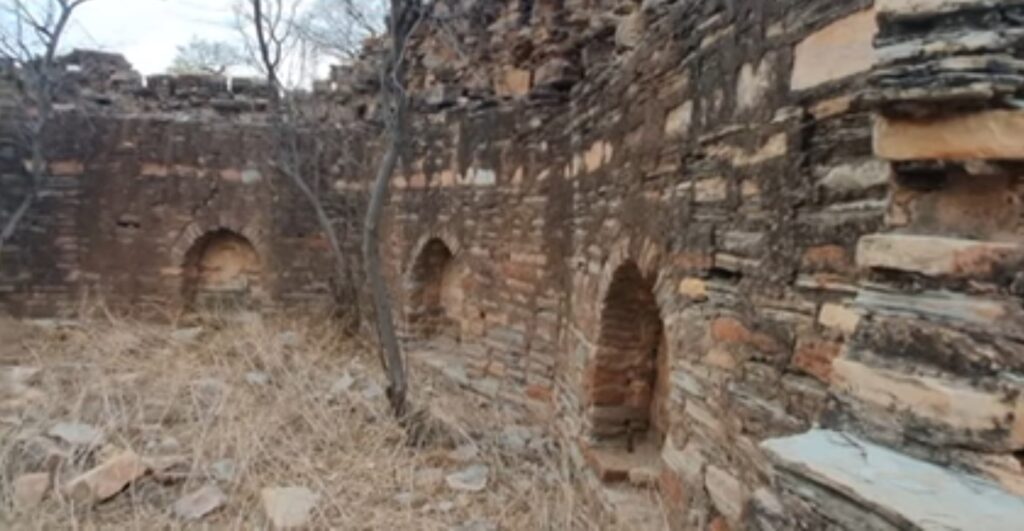
Getting to Kusak Fort is an adventure in itself, as the journey takes you through scenic hills and valleys that offer breathtaking views of the surrounding landscape. Once you reach the fort, you will be greeted by a towering structure made of red bricks, with intricate carvings and designs that speak of the grandeur of the Mughal era.
As you approach the fort, you can’t help but marvel at the impressive structure that stands before you. Made of stone and brick, the fort’s walls are over 15 feet thick and rise to a height of around 25 feet. The entrance gate is equally imposing, with its intricate carvings and towering arches.
As you explore the fort’s interior, you will come across several rooms, halls, and courtyards that were once used as living quarters, storerooms, and armories by the Mughal rulers. The fort’s most impressive feature is its underground tunnel system, which is said to have been used as a secret escape route during times of war.
As you step inside, you are transported back in time to the Mughal era. The courtyard is spacious and well-maintained, with a small mosque and several rooms lining the sides. The rooms were once used by the soldiers stationed at the fort and are now empty, but their unique architecture and design provide a glimpse into the past.
One of the most impressive features of the fort is the octagonal tower that rises from one corner of the courtyard. The tower is over 60 feet high and offers breathtaking views of the surrounding area. You can climb to the top of the tower via a narrow staircase, but be prepared for a steep climb!
Apart from its historical significance, Kusak Fort also offers a unique opportunity to experience the local culture and traditions of Chakwal. The town is known for its vibrant folk music and dance, and you may be lucky enough to witness a live performance during your visit to the fort.
Another interesting aspect of Kusak Fort is the underground tunnel that runs beneath the courtyard. It is said that the tunnel was used to transport supplies and soldiers in secret during times of war.
Attractions near Kusak Fort
Visitors to Kusak Fort can also explore the nearby attractions, such as the Khewra Salt Mine, which is the world’s second-largest salt mine and is located just a short drive away. You can also visit the Kallar Kahar Lake, a popular picnic spot that offers stunning views of the surrounding hills and valleys.
If you’re planning a trip to Chakwal, a visit to Kusak Fort is a must. The fort’s impressive architecture, rich history, and stunning views are sure to leave a lasting impression.
In conclusion, Kusak Fort is a must-visit destination for anyone traveling to Chakwal. Its rich history, breathtaking architecture, and scenic surroundings make it an unforgettable experience that will leave a lasting impression on your mind. So pack your bags, grab your camera, and get ready for an adventure like no other!

